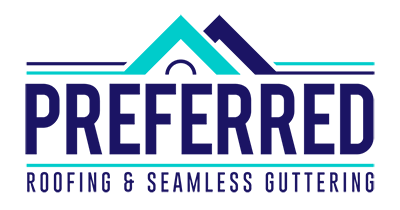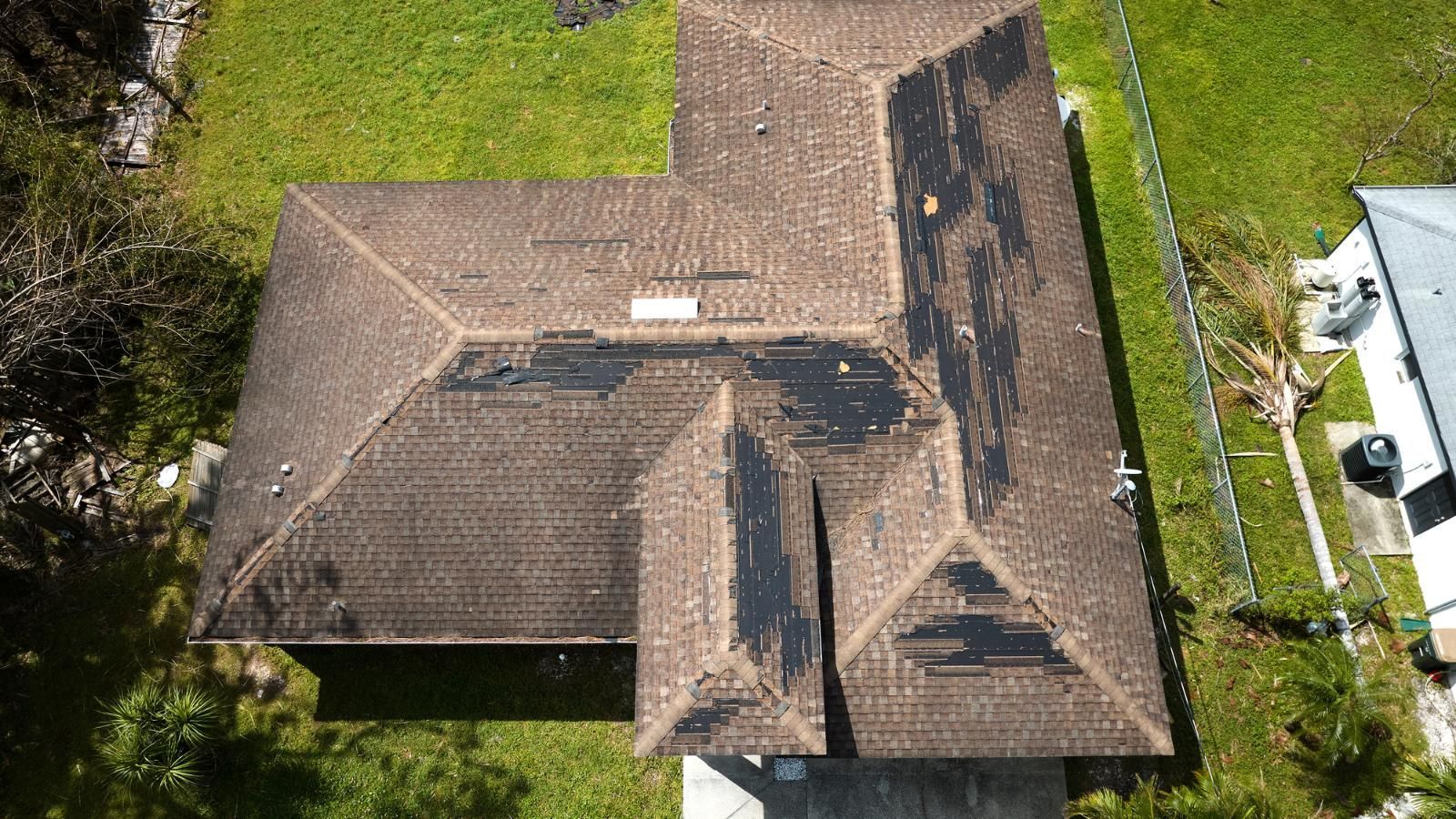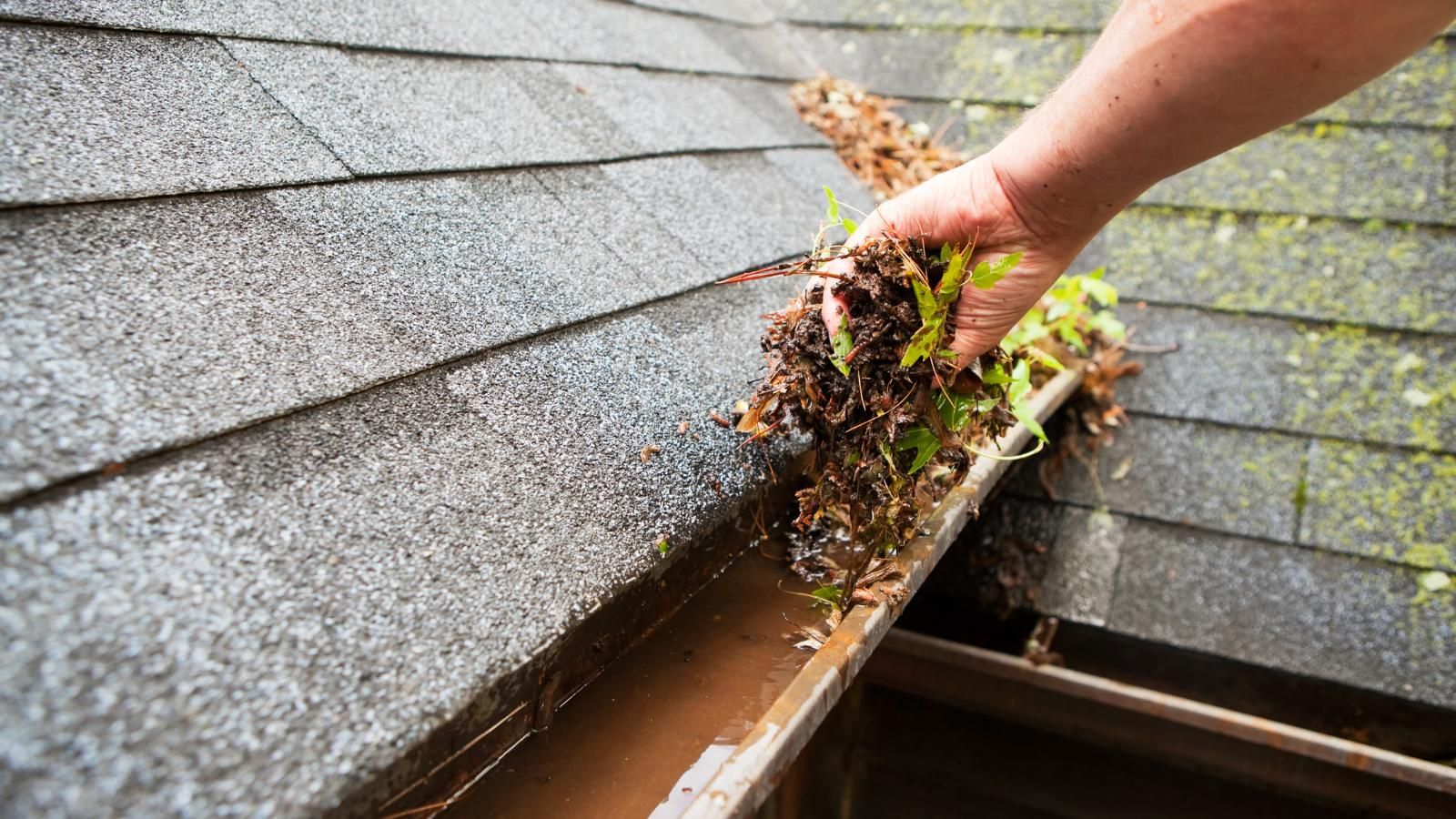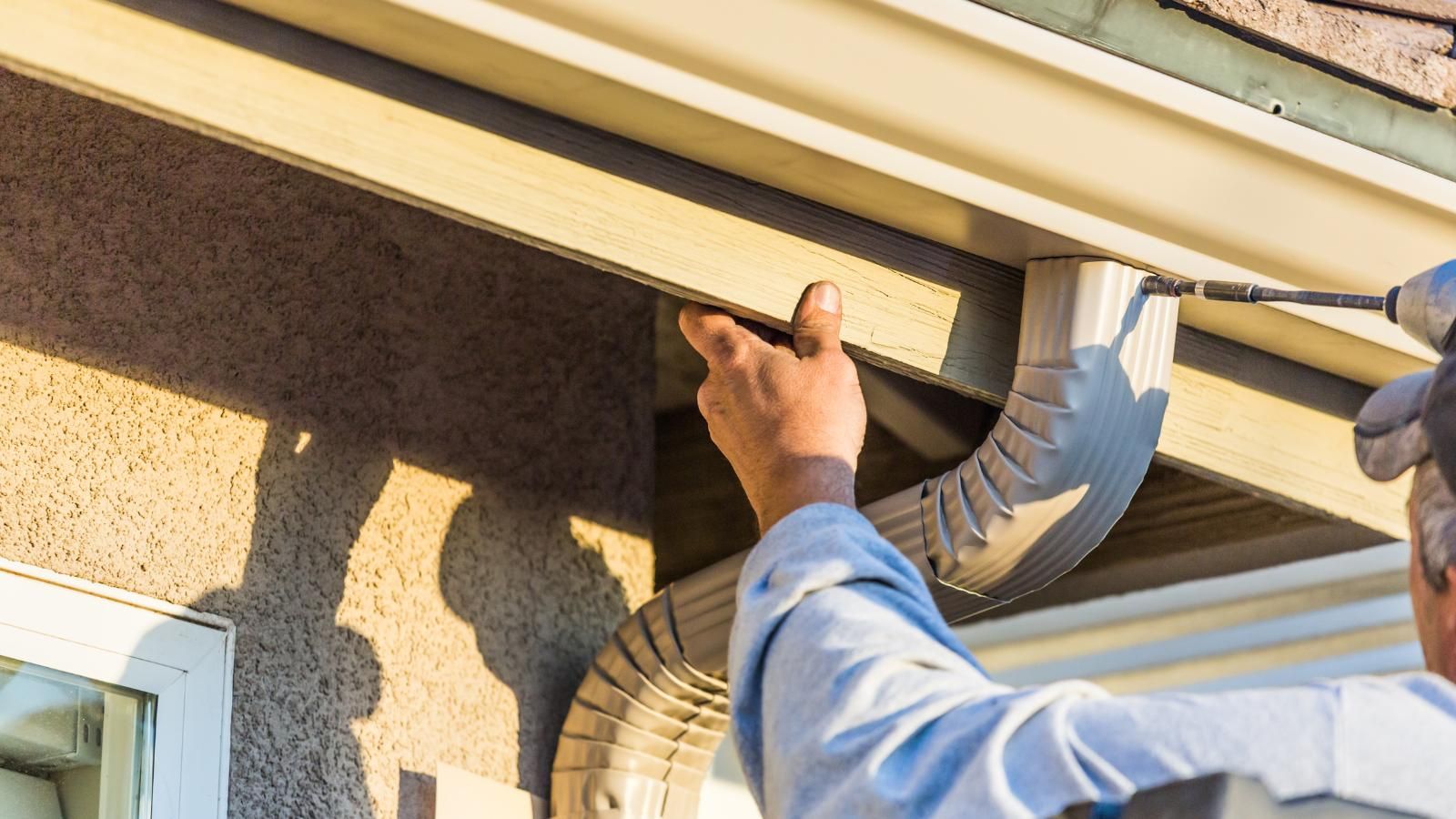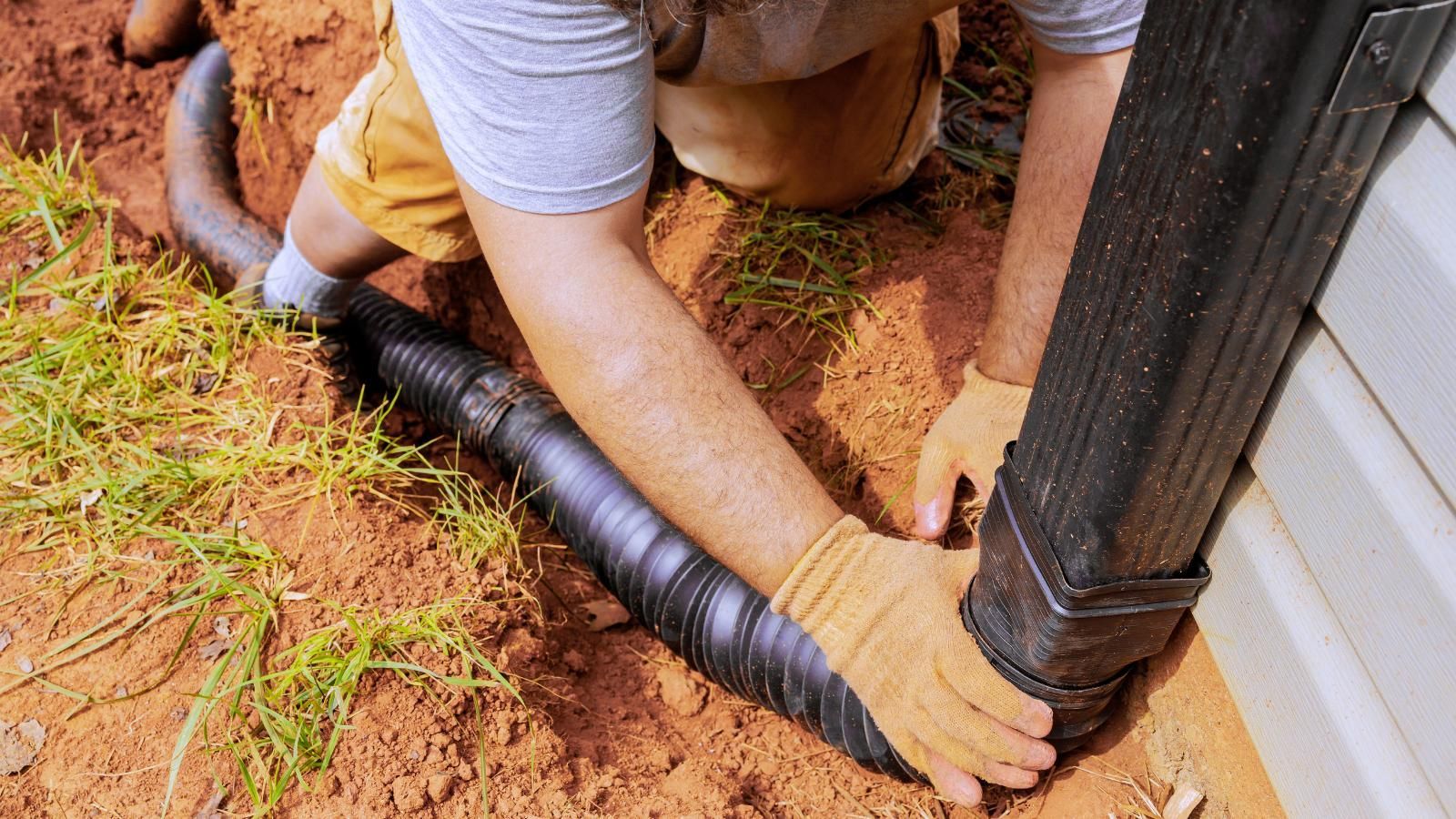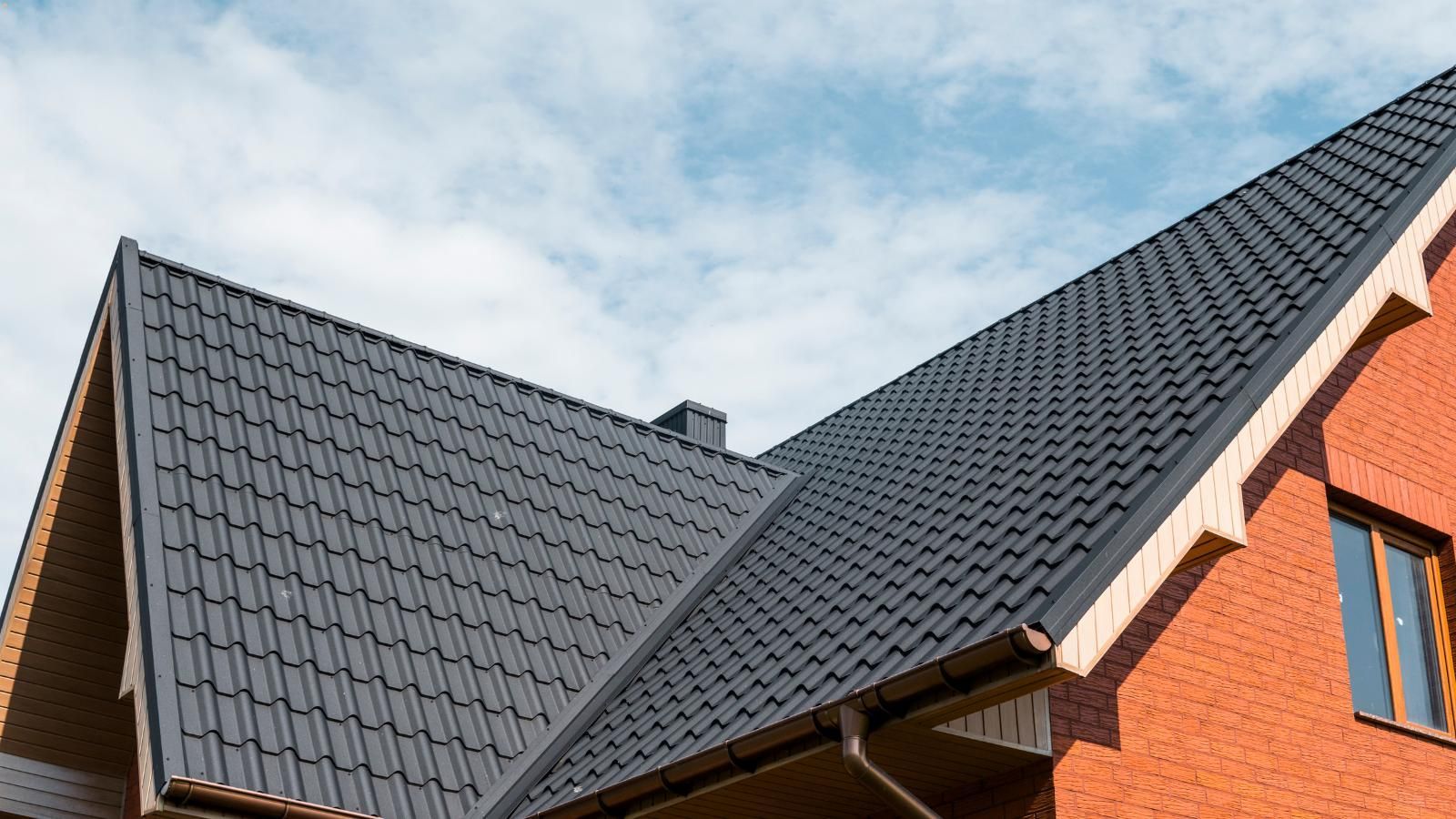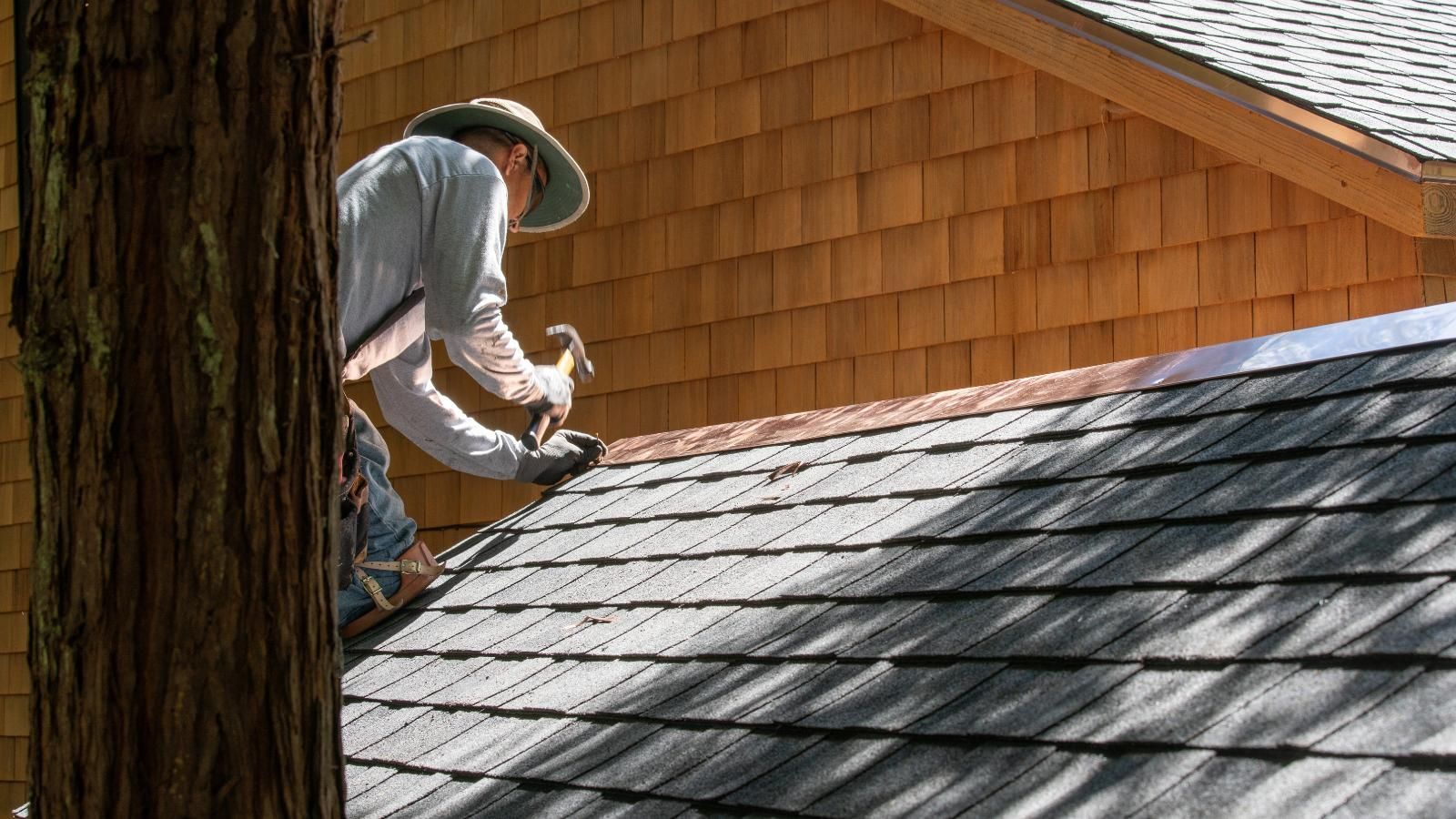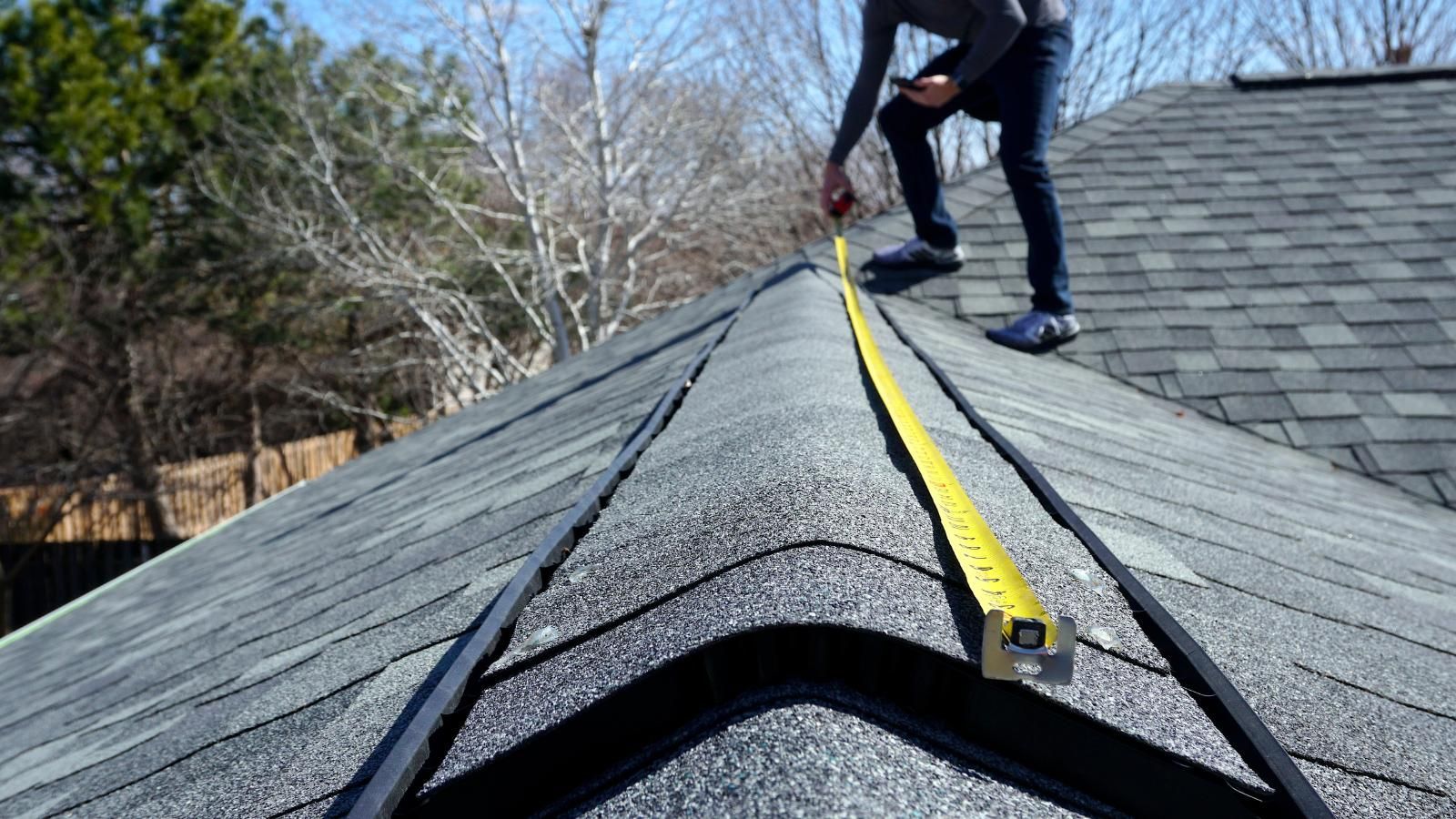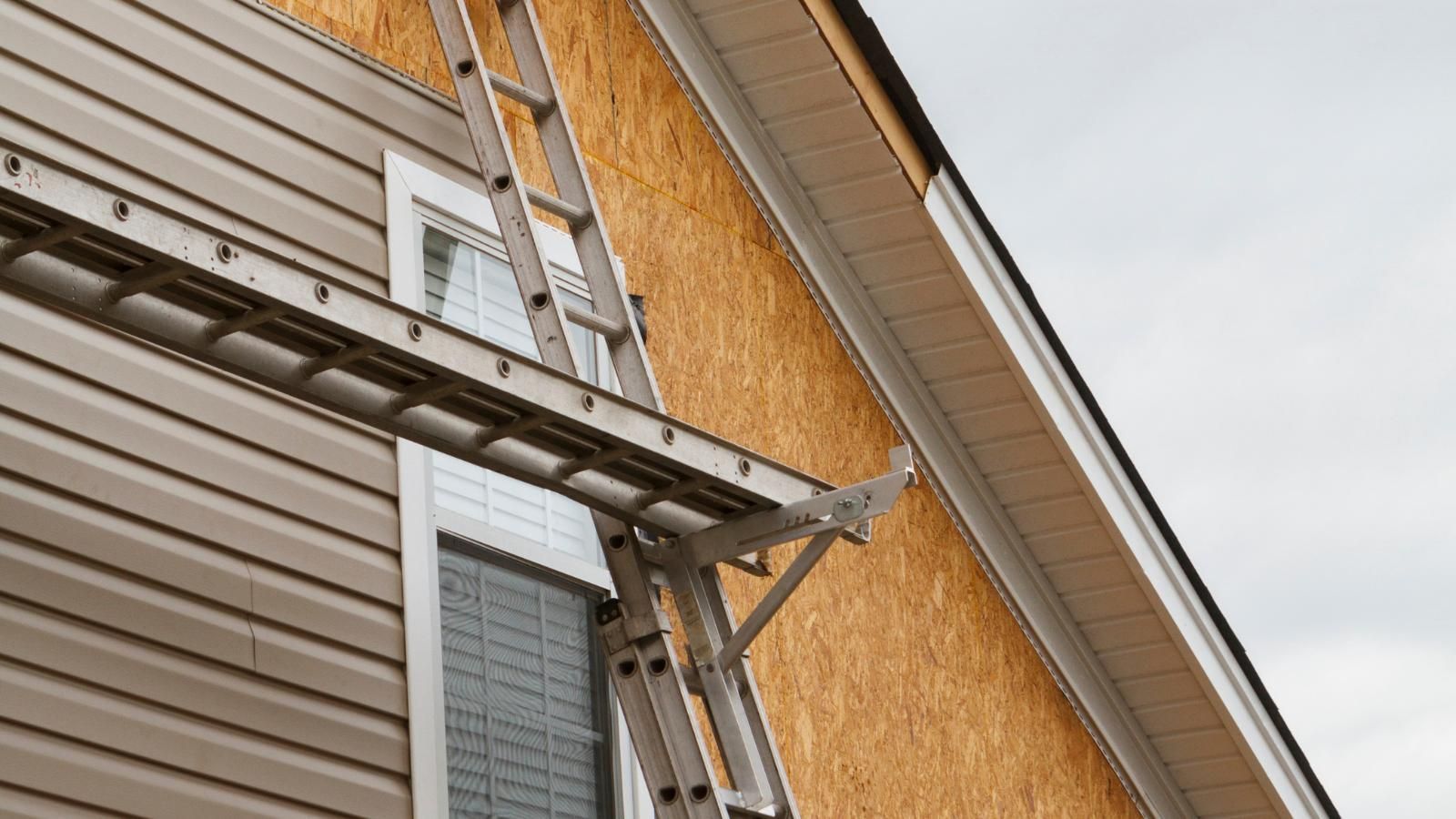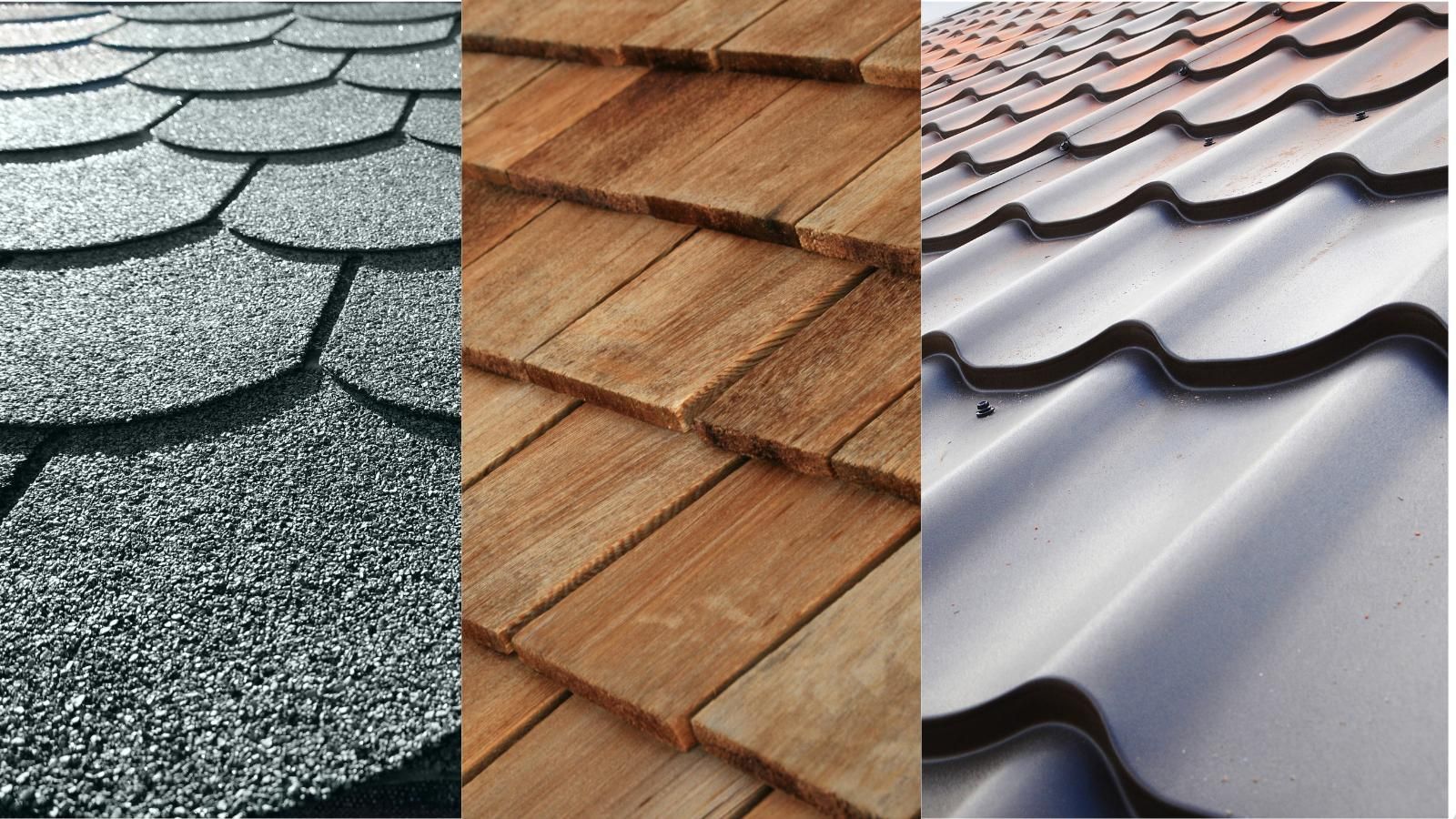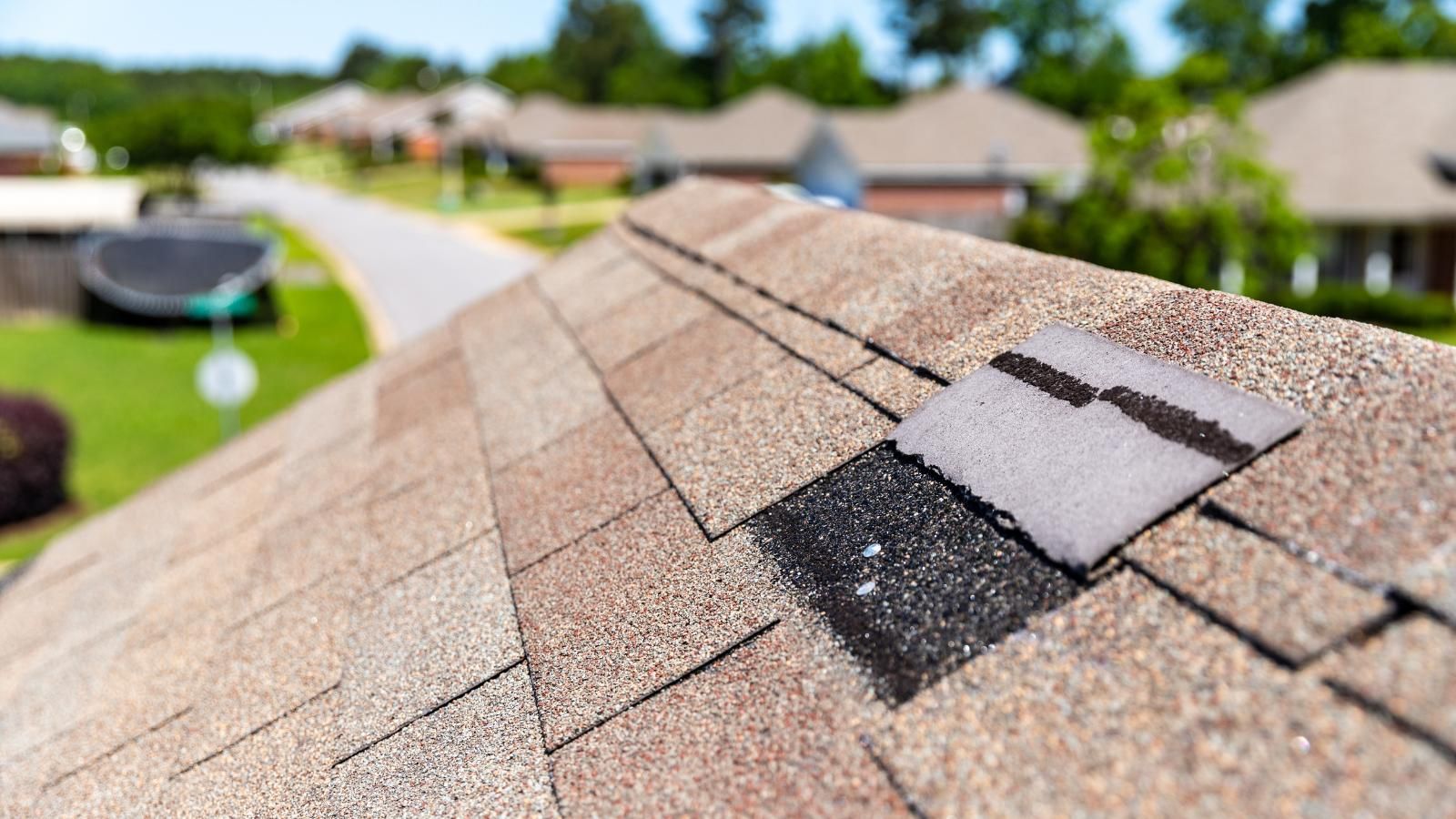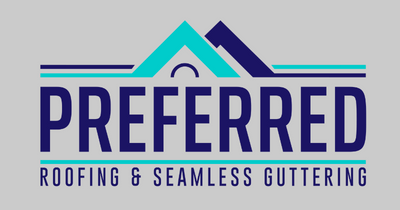How to Find a Roof Leak Before It Gets Worse
Prompt roofing repair saves time and money. But when a roof leak is unnoticed, the damage can spiral out of control, causing structural damage, costly mold remediation, and extensive interior destruction before it is headed off. Sneaky roof leaks are unpredictable and often not noticed until significant damage occurs. Early detection will save the day. Let’s discuss how to find roof leaks before they escalate, so that you can protect your home and save thousands of dollars in potential damage.
In this post, we’ll cover:
- Attic Leak Detection
- Tell-tale Signs the Roof is Leaking
- Spotting a Leaky Roof from the Outside
- Finding Hidden Roof Leaks
The Best Way to Find a Roof Leak Starts Inside
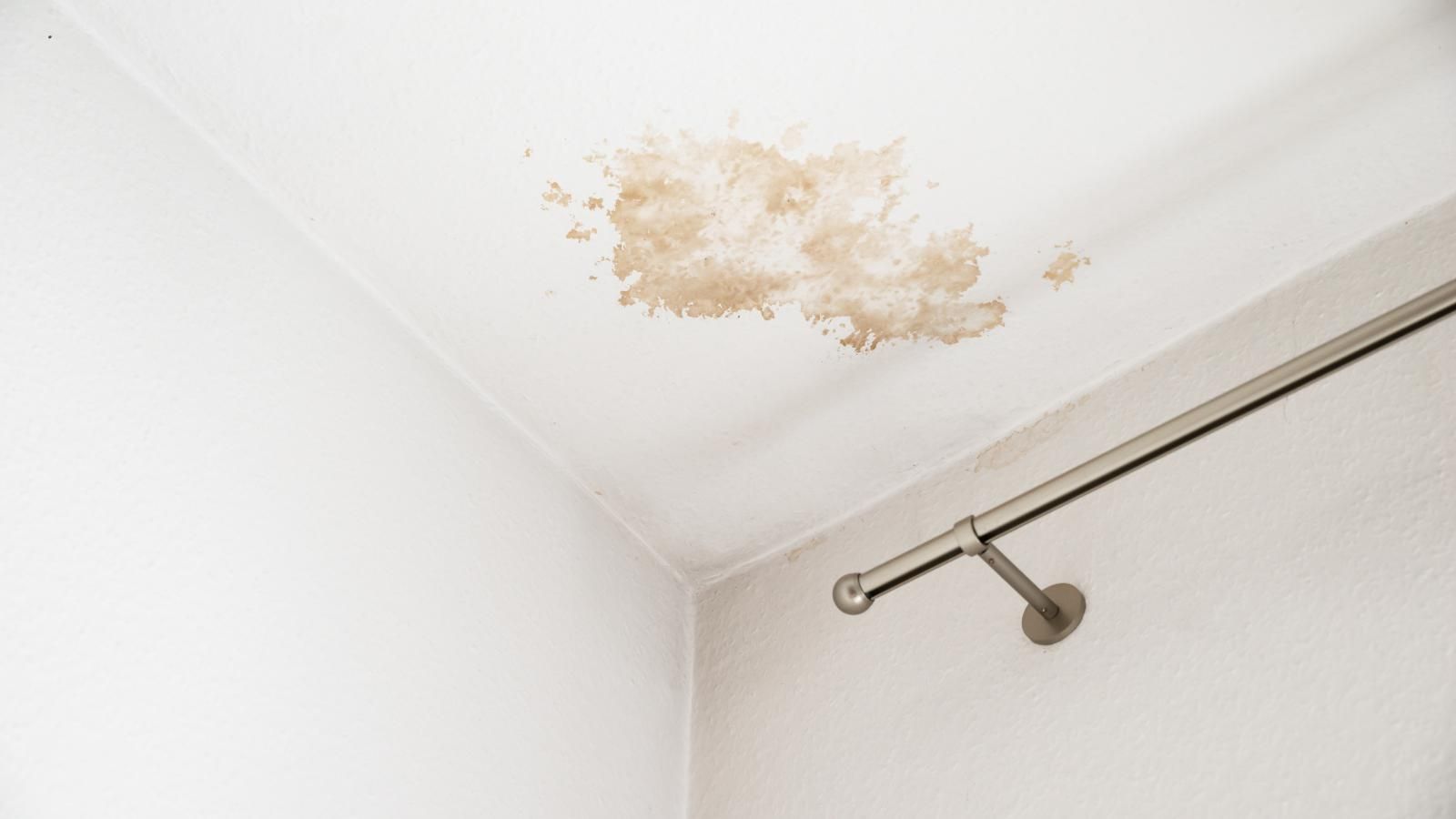
To find a leak in the roof, first step inside and look up. Water damage from a roof leak appears on the ceiling as stains or water spots. A discolored patch on the ceiling is often only a small part of a larger story. The source of the leak can be traced farther away, hidden in your attic. Your second step is to explore the attic directly above the ceiling spot. Examine the attic for dark water spots, mold growth, damp insulation, or condensation on rafters. These areas can lead you to the leak’s origin surprisingly well. Roof features, such as valleys, skylights, and chimneys, should also be checked for signs of leaky roof water damage. Starting your search inside the house directs you to the right attic areas.
Check for Moisture in the Attic
Begin your attic inspection by looking for dark spots on the wooden beams. Dark spots are often caused by long-term moisture exposure. Also, look for wet insulation. Even if the insulation is only slightly damp, it’s a sign that water is leaking in. You could also find water trails trickling down beams or pooling near vents. A musty or mildew smell indicates mold hiding in corners and may complicate your search efforts. You’ll need a bright flashlight and gloves so each crevice can be checked; it’s not fun work, but necessary to find a leak in the roof.
It’s rare for the source of the roof leak to be found where you first noticed a water spot or damage. The leak source is often higher up or in a vulnerable area. Knowing these vulnerabilities will help you find the leak:
- Roof Valleys - where two slopes meet
- Joints and Flashing - thin metal pieces that seal transitions between roofing materials
- Vents - allow ventilation in your home
- Skylights- allow ventilation and sunlight in your home
- Chimney Bases - where penetrations in the roof structure create weak points
A small crack or gap in these areas can cause leaky roof water damage to your home. For obvious reasons, inspect your roof with caution. Consider calling a professional roofing expert to examine these high-risk zones safely and accurately.
Exterior Signs of Roof Leaks to Watch For
You can discover potential roof leaks without attic access. From the ground level, look for missing or curling shingles, sagging rooflines, or discolored patches; these are indicators of water damage from a roof leak. Examine your siding and under the eaves for signs of water stains or mildew, especially after a rain. Water stains on your siding and under eaves are signs of water escaping from the roofing system and flowing down the exterior instead of draining correctly.
What If You Can’t Find the Leak?
What happens if the signs of a leaky roof are evident, yet the source is still a mystery? Some have found success by simulating a rain shower with a hose test. Have someone spray water in sections over a suspected roof area while a helper watches from inside. This controlled test can narrow down the location of leaks. Another tip is to use a moisture meter or thermal camera to reveal hidden dampness inside walls or ceilings. If the trail still runs cold, call the pros. Their experience and specialized equipment will identify the leak quickly, safely, and prevent further damage.
Yes, you can find a roof leak even if your home doesn’t have attic access. It takes more finesse, but start looking for ceiling stains inside your home and work your way outward. Next, look at the layout of your roof features, like the valleys, vents, and skylights; leaks often start with the added features. Inspect for exterior signs like missing shingles or stains under the eaves. If you still cannot find where the roof is leaking visually, technology can help. Moisture meters or infrared thermography devices will detect dampness behind walls and ceilings. Professional roofers sometimes use drones or thermal imaging cameras to detect roof leaks. Without attic access, these technological devices get the job done.
Stop the Leak Before the Damage Spreads
Don’t wait to fix a leaky roof. The sooner you identify and address a roof leak, the more damage you will prevent. Structural damage, mold growth, and ruined insulation are expensive to repair or replace. Finding a leak in a roof includes looking for ceiling stains, musty smells in the attic, water trails, or missing shingles outside. There are practical ways to discover leaks and to track their source, whether you have an attic or not. The key is early detection and action to resolve the issues.
Contact Preferred Roofing KC today if you’re dealing with a roof leak in the Lee’s Summit area, including the neighborhoods of Raintree Lake, Lake Winnebago, Lakewood, Winterset Park, Longview, Napa Valley, and Eagle Creek. Our experts are ready to help protect your home and peace of mind.
